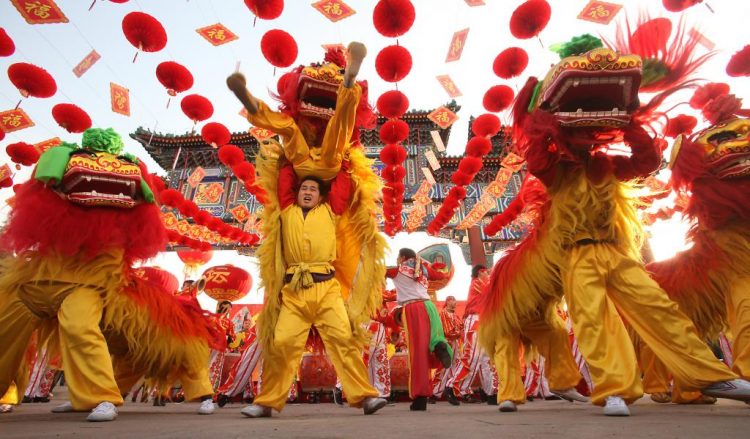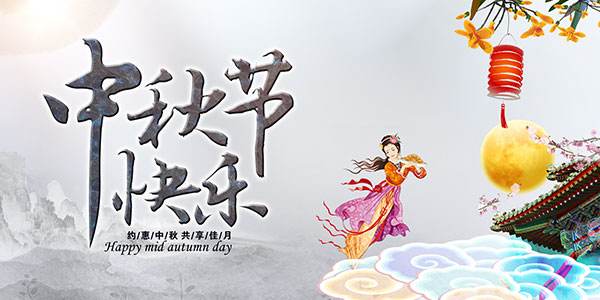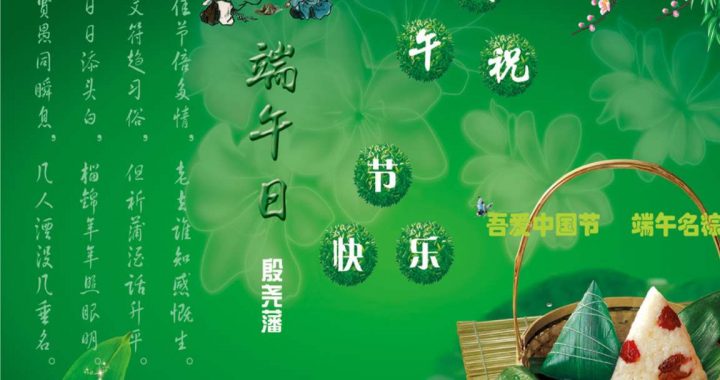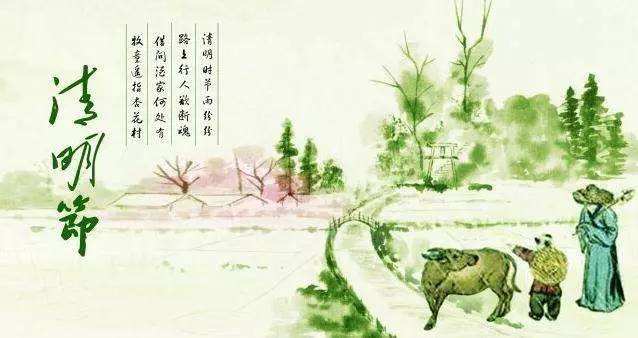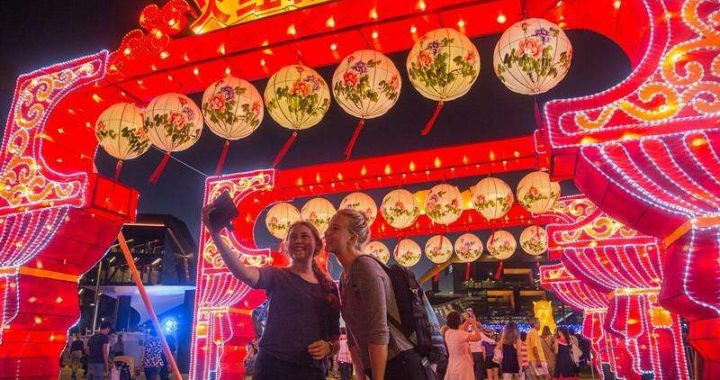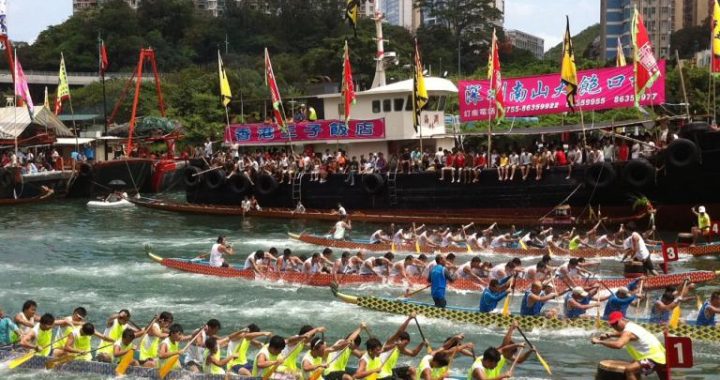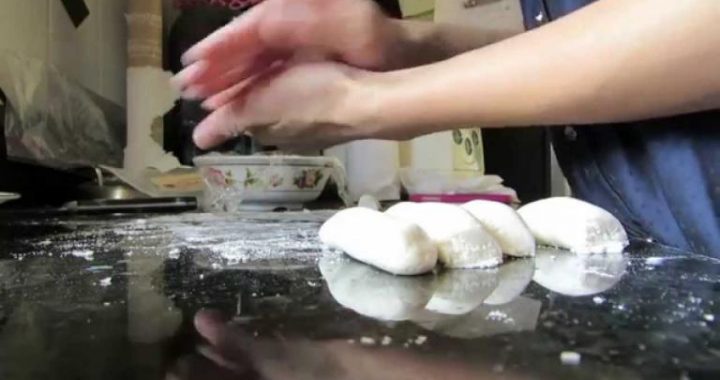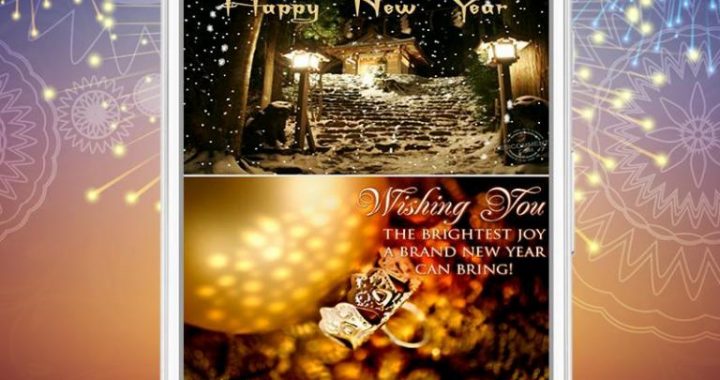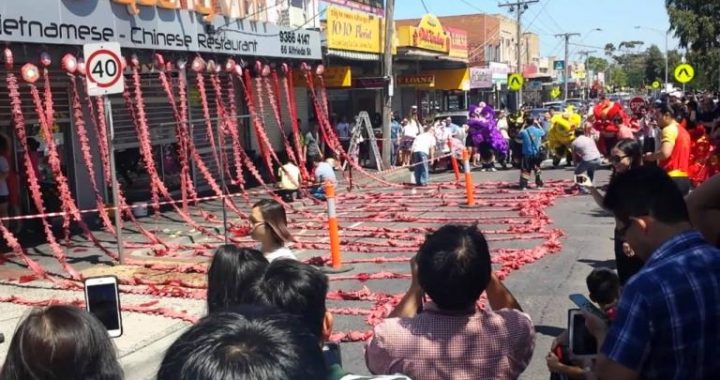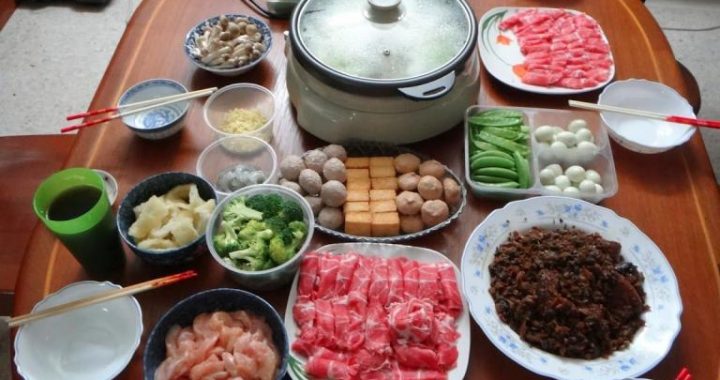Spring Festival in China
2 min readFestivals
Many festivals took their current shape through five thousand years’evolution and their origins probably date far back from the Shang and Zhou Dynasties,that is,between 1600 BC and256 BC.Since ancient China was an agricultural country,the origins of festivals were closely related to season,solar terms and religious sacrifices at the very beginning and so far they have been undergoing changes in customs and contents,finally developing into a festive culture and practice with a distinctive national spirit.5 Here are several important traditional festivals.
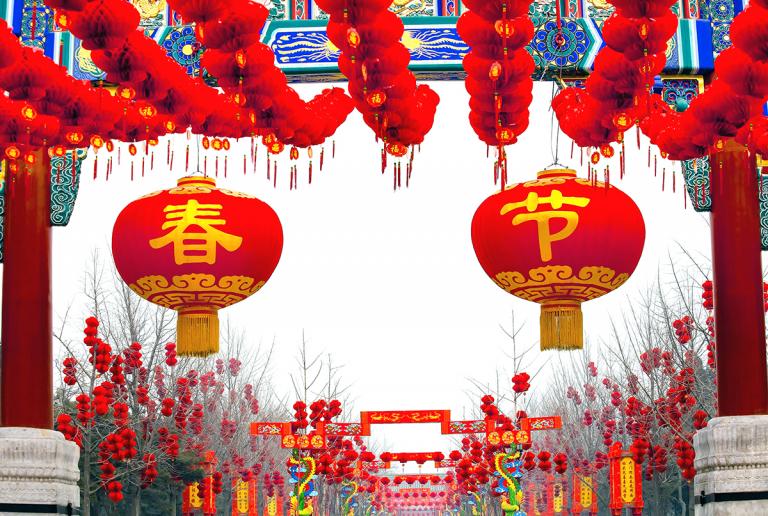
Spring Festival
The Spring Festival,or the Lunar New Year,is the most important festival for the Chinese people and it is a time when all family members get together,just like Christmas in the West.Despite all difficulties,people living away go all the way back home,making thehalf month before the Spring Festival the busiest time for transportation systems inChina today.Every travel route,including airports,railway stations and long-distance bus stations,is heavily scheduled with service for people returning home.
The Spring Festival falls on the first day of the first lunar month,often one month later than the Gregorian calendar’s new year.It originated in the Shang Dynasty from the people’s sacrifice to gods and ancestors at the end of an old year and the beginning of a new one.
Strictly speaking,the Spring Festival starts every year in the early days of the 12th lunar month and will last until the mid-first lunar month of the next year.The most important days of the festival are New Year’s Eve and the first three days of the first unar month.The Chinese government now stipulates that people have seven days off for the Chinese Lunar New Year.
Traditionally,houses are cleaned and decorated in the days before Chinese New Year.Red envelopes are passed out on Chinese New Year’s Eve or the first morning of New Year.For the first day,Chinese New Year is celebrated with firecrackers,lanterns,torches,and bonfires to chase away the evil spiris,who are believed to be dispersed by light and noise.Dragon dances and lion dances take place in streets and public places throughout the first few days of the Chinese New Year.
Traditional Chinese New sYear greetings embody some aspects of Chinese culture and typically include:Gong Xi Fa Cai!-Congratulations and be prosperous!
Xin Nian Kuai Le!or Guo Nian Hao!-Happy New Year!
New Year’s Eve and New Year’s Day are a very important family affair.The large New Year’s Eve dinner is a reunion of the whole family and the first three days area time for visiting and greeting one another.It usually lasts Picture 14-5 Traditional New Year until the Lantern Festival,the 15th day of the first lunar Painting(God of Kitchen)month.
